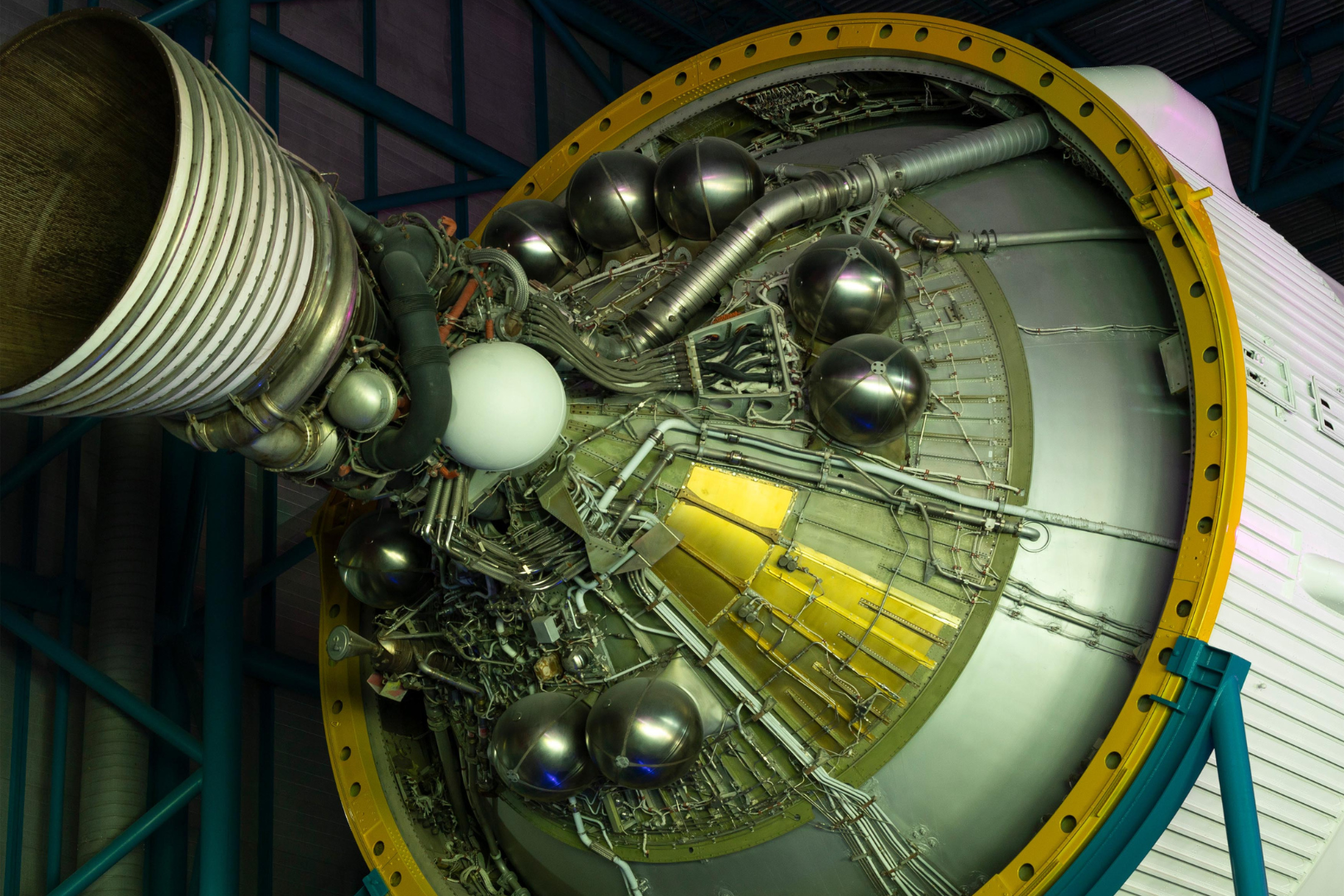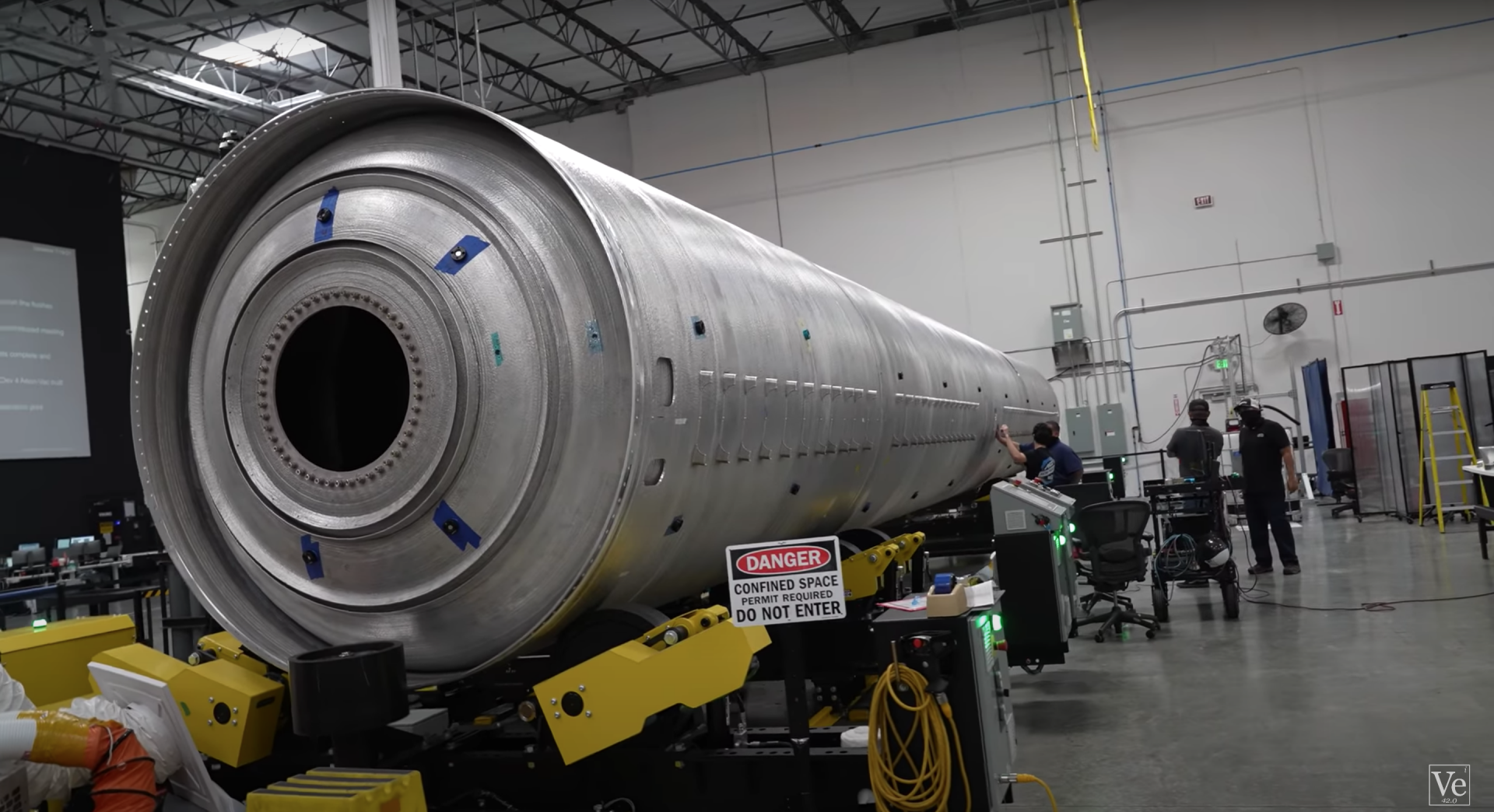


Discover how 3D printing is revolutionizing spacecraft design with this insightful article.

Space exploration has always been a field where innovation and breakthroughs in technology play a central role. From the early days of the space race, when countries competed for dominance in the heavens, to the present era of international collaboration and cooperation, rocket manufacturing has been evolving to constantly push the boundaries of what's possible. In recent years, 3D printing has emerged as a game-changing technology, revolutionizing the way rockets and spacecraft are designed and built. In this article, we'll explore the evolution of rocket manufacturing to understand the emergence of 3D printing in aerospace, its key components, benefits, challenges, and limitations.
The first rockets were crude, simple devices, built with limited materials and basic tools. However, as the technology behind them improved, so did the manufacturing processes. Rocket production evolved from simple hand tools and labor-intensive manual techniques to complex computer-aided design (CAD) systems and fully automated production lines. Traditional manufacturing methods still dominate the aerospace industry, largely due to the high standards of safety and reliability that must be met to ensure a successful launch and a safe return.
Traditional manufacturing methods for rockets involve precision-machining every component to exact specifications. This process usually involves cutting, drilling, or milling materials like aluminum, titanium, and carbon fiber composites. The main limitation of traditional manufacturing is that it often requires a large amount of time and resources to create a single component, adding to the overall cost of the rocket. Moreover, it often puts significant limitations on the complexity and shapes of components, as well as the materials that can be used.
Despite these limitations, traditional manufacturing methods have been the backbone of the aerospace industry for decades. The precision and reliability of these methods have ensured that rockets are manufactured to the highest standards, with every component meeting exact specifications. This level of quality control is essential for the safety of astronauts and the success of missions.
In recent years, 3D printing has emerged as a new manufacturing process that is transforming the aerospace industry. Also known as additive manufacturing, 3D printing allows the creation of complex shapes and geometries, using different materials such as plastics, metals, and ceramics, each with its own unique properties.
The emergence of 3D printing has brought about a new era of design possibilities for rocket manufacturers. With this technology, they can create parts with complex geometries and shapes that were previously impossible to produce using traditional manufacturing methods. This has led to the development of new rocket designs that are more efficient, lighter, and stronger than ever before.

Unlike traditional manufacturing, 3D printing doesn't require the creation of special tools for each type of component. Instead, it allows the creation of any component by simply feeding the 3D printer a digital blueprint of the part. This simplifies the manufacturing process and reduces costs, as the printer can create complex parts within hours, without human intervention. 3D printing is faster, more precise, and more versatile than traditional methods, allowing the creation of parts that would have been impossible earlier. The result is a significant reduction in cost and production time, and, in some cases, even weight savings that could translate to better performance.
Despite the advantages of 3D printing, traditional manufacturing methods still have their place in the aerospace industry. For example, some components may still require the precision and reliability of traditional methods, while others may be better suited for 3D printing. Manufacturers must carefully consider the benefits and limitations of each method and choose the most appropriate one for each component.
The evolution of rocket manufacturing has been a long and complex process, with each new development building on the successes and lessons learned from previous methods. Today, rocket manufacturers have a range of options to choose from, each with its own unique advantages and limitations. As technology continues to evolve, it is likely that new manufacturing methods will emerge, further transforming the industry and pushing the boundaries of what is possible in space exploration.
The architecture of a rocket is made up of different subsystems and components. With 3D printing, each can be designed and optimized for specific functions, with reduced complexity and weight. Here are some of the key components made possible by 3D printing:
The engine and propulsion system is the heart of any rocket. 3D printing enables the creation of intricate engine designs that would be difficult to produce using traditional methods. This not only improves the performance of the rocket but also reduces the costs of production. In addition, 3D printing allows for the creation of unique engine designs that can be tailored to specific mission requirements. This means that rockets can be optimized for a range of different tasks, from delivering payloads into orbit to exploring the furthest reaches of our solar system.
One of the most exciting possibilities for 3D printed rocket engines is the potential for using new, unconventional fuels. With 3D printing, it is possible to create engines that can burn fuels that would be impossible to use with traditional manufacturing techniques. This opens up new possibilities for exploration and research, as well as for commercial applications like satellite launches and space tourism.

Several structural components of rockets can be 3D printed for greater strength, reduced weight, and durability. Moreover, the use of advanced materials like composites, alloys, and ceramics can enhance the thermal properties, impact resistance, and overall toughness of the rocket. 3D printing also enables the creation of complex geometries and shapes that would be impossible to produce using traditional manufacturing methods. This means that rockets can be designed with greater precision and efficiency, resulting in better performance and reduced costs.
Another benefit of 3D printing structural components is the ability to create modular designs that can be easily assembled and disassembled. This means that rockets can be built more quickly and with greater flexibility, allowing for rapid prototyping and testing of new designs. Additionally, 3D printing allows for the creation of custom components that can be tailored to specific mission requirements, further improving the efficiency and effectiveness of rockets.
Advanced electronics and avionics play a key role in the guidance, navigation, and operation of rockets. Using 3D printing, electronics can be embedded deeply within other parts, protecting them from high temperatures and other elements. This results in more reliable and efficient rockets with fewer components and better integration.
Another advantage of 3D printed electronics is the ability to create custom designs that can be optimized for specific tasks. For example, sensors and other monitoring devices can be 3D printed to fit precisely within a rocket's structure, providing more accurate and detailed data about the rocket's performance. Additionally, 3D printing allows for the creation of more complex and sophisticated electronic systems, enabling rockets to perform a wider range of tasks with greater precision and efficiency.
With the emergence of 3D printing technology for rocket manufacturing, the industry is now reaping multiple benefits that were not possible with traditional manufacturing. These include:
Manufacturing a complex rocket with traditional methods can take months, if not years, and involves numerous specialized tools, equipment, and machine operators. 3D printing eliminates many of those requirements and speeds up the process considerably. With 3D printing, manufacturers can create parts in hours, not weeks, while reducing labor costs and waste.
3D printing allows designers to explore new, complex shapes and geometries that were previously impossible with traditional manufacturing. This enables the customization and optimization of design for specific applications and functions. 3D-printed parts can be easily tailored for different use cases and can be adapted to meet unique client specifications.
3D printing with appropriate materials can significantly reduce waste and boost material efficiency. This is because additive processes typically use only as much material as needed, while traditional manufacturing often results in a lot of scrap material. Furthermore, 3D printing reduces the carbon footprint associated with transportation, logistics, and warehousing of the materials needed to build components.

While 3D printing presents unprecedented opportunities and benefits for rocket manufacturing and the aerospace industry as a whole, it still faces some challenges that need to be addressed before it can be widely accepted and adopted. Here are some of the most pressing issues:
3D printing technology is still largely limited to certain materials that have adequate tensile strength, durability, and heat resistance required for space travel. These limitations make the use of 3D printed materials in critical components, such as rocket engines, still unfeasible, posing significant safety and reliability concerns.
Another significant challenge is scaling up 3D printing technology for larger rocket structures, such as heavy-lift launch vehicles. This requires not only larger 3D printers but also advanced raw materials and a stable manufacturing process to enable high-volume production.

The aerospace industry is heavily regulated, with stringent requirements for safety, reliability, and performance. 3D printing in aerospace manufacturing needs to pass various certification requirements and regulatory standards before being accepted for use in space travel. This can be a long and costly process and will require significant investment in testing and validation.
3D printing is a game-changing technology that is transforming the way rockets and spacecraft are designed and built. This technology opens up new possibilities for designing and optimizing rockets, with reduced cost, production time, and waste, increased flexibility and customization, and improved sustainability of materials. While challenges remain, 3D printing is poised to become an increasingly important factor in the aerospace industry's manufacturing ecosystem.